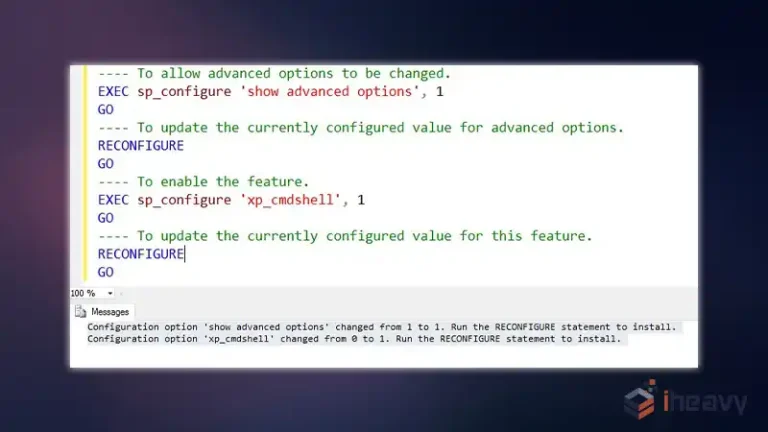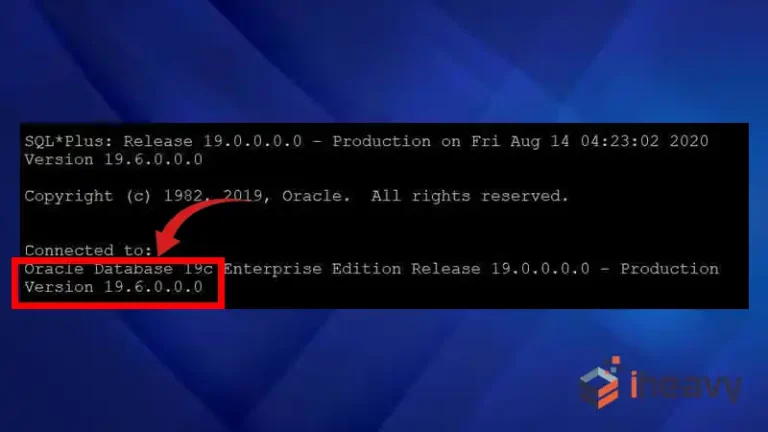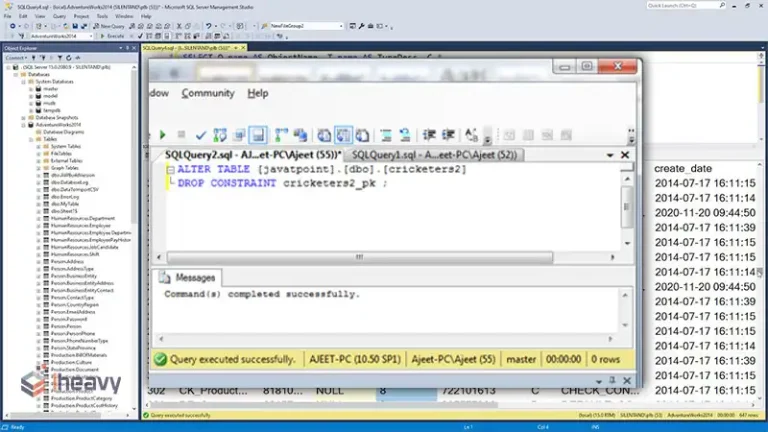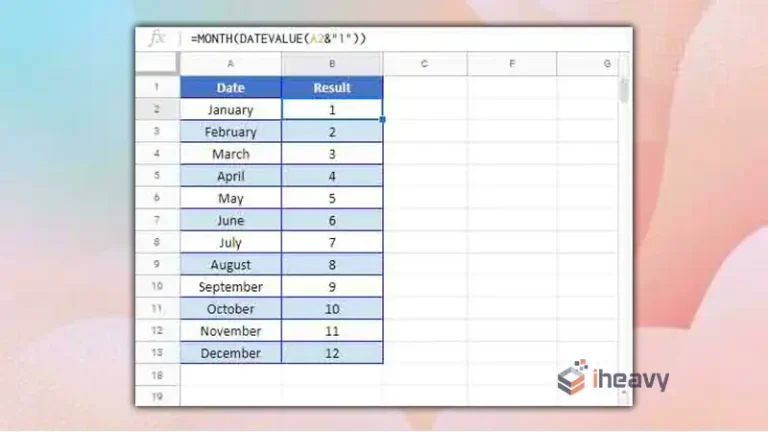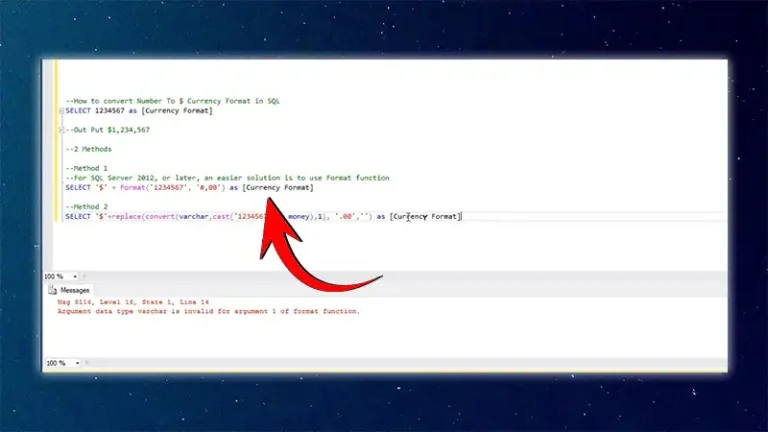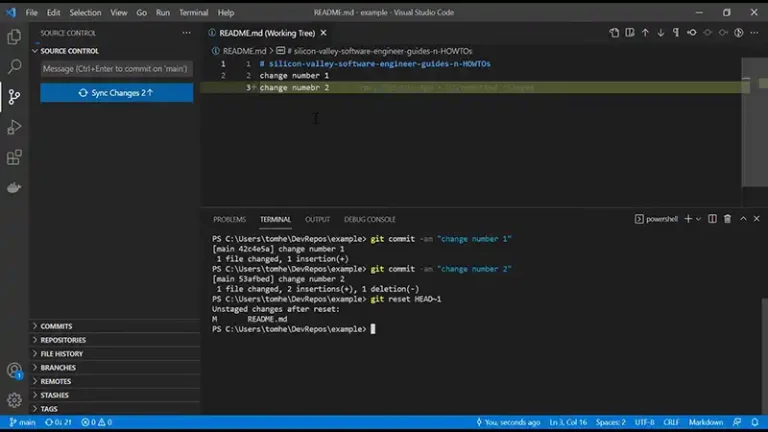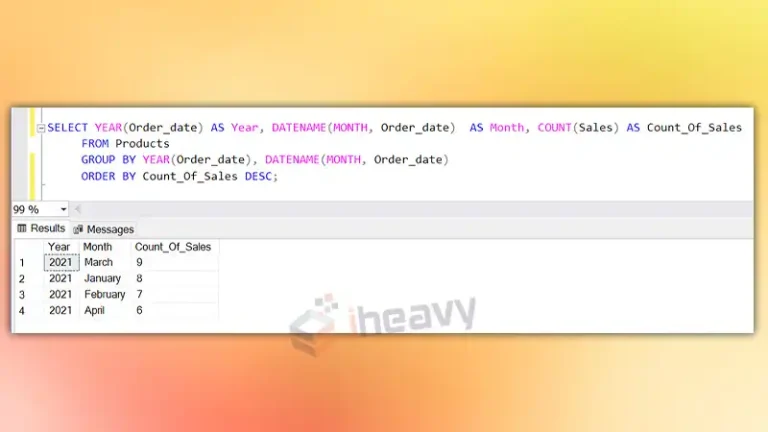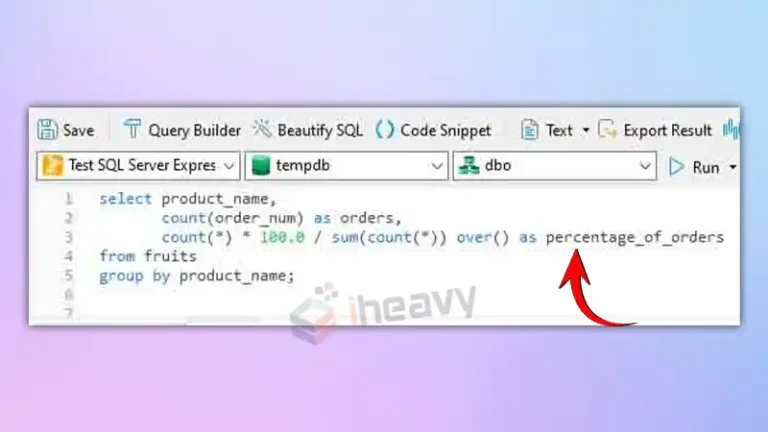How to Check if xp_cmdshell is Enabled in SQL Server | Explained
In SQL Server, xp_cmdshell is a system extended stored procedure that allows you to execute operating system commands directly from SQL Server. While this can be a powerful feature, it also poses security risks if not managed properly. Therefore, it’s crucial to know whether xp_cmdshell is enabled or not in your SQL Server instance. This…

